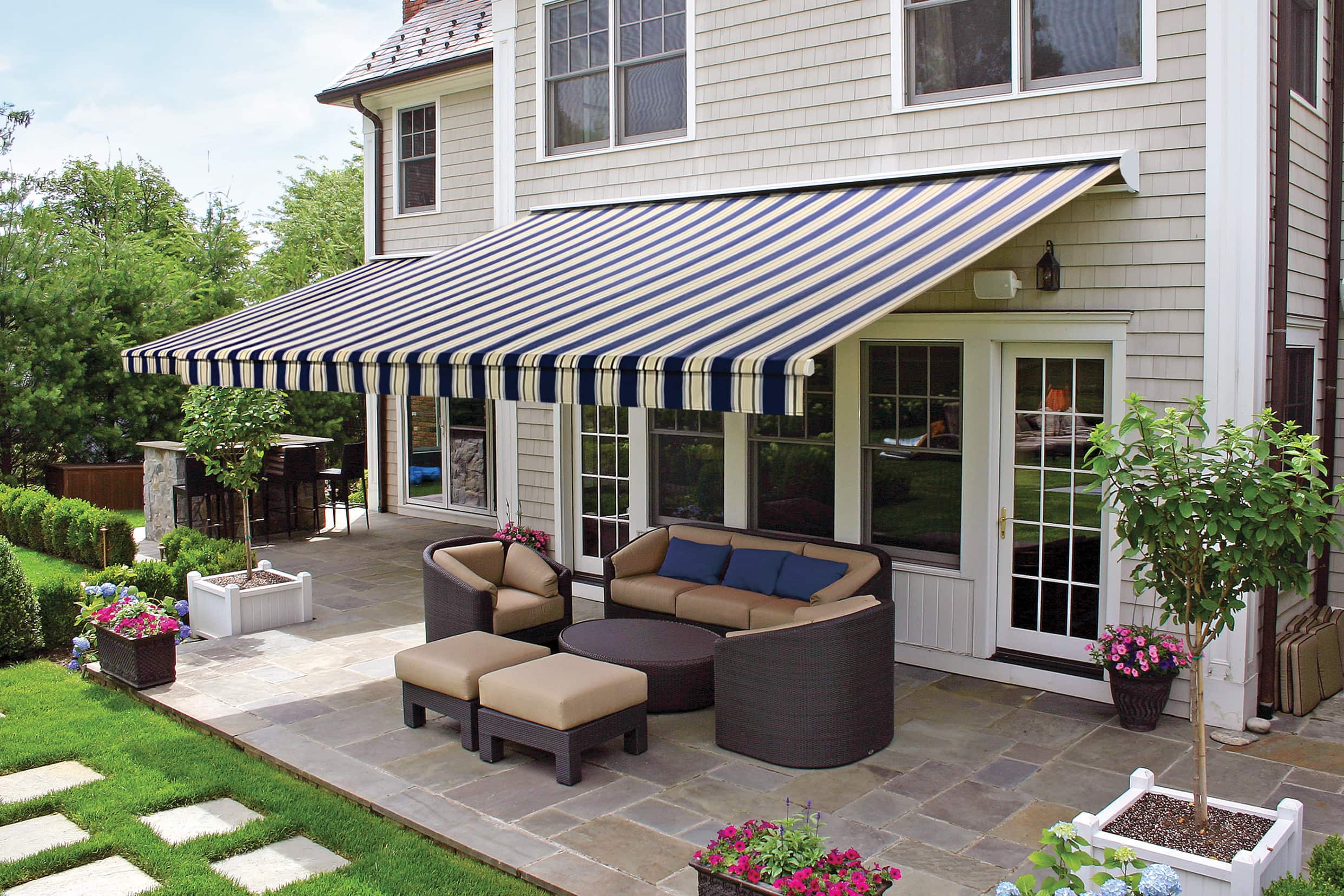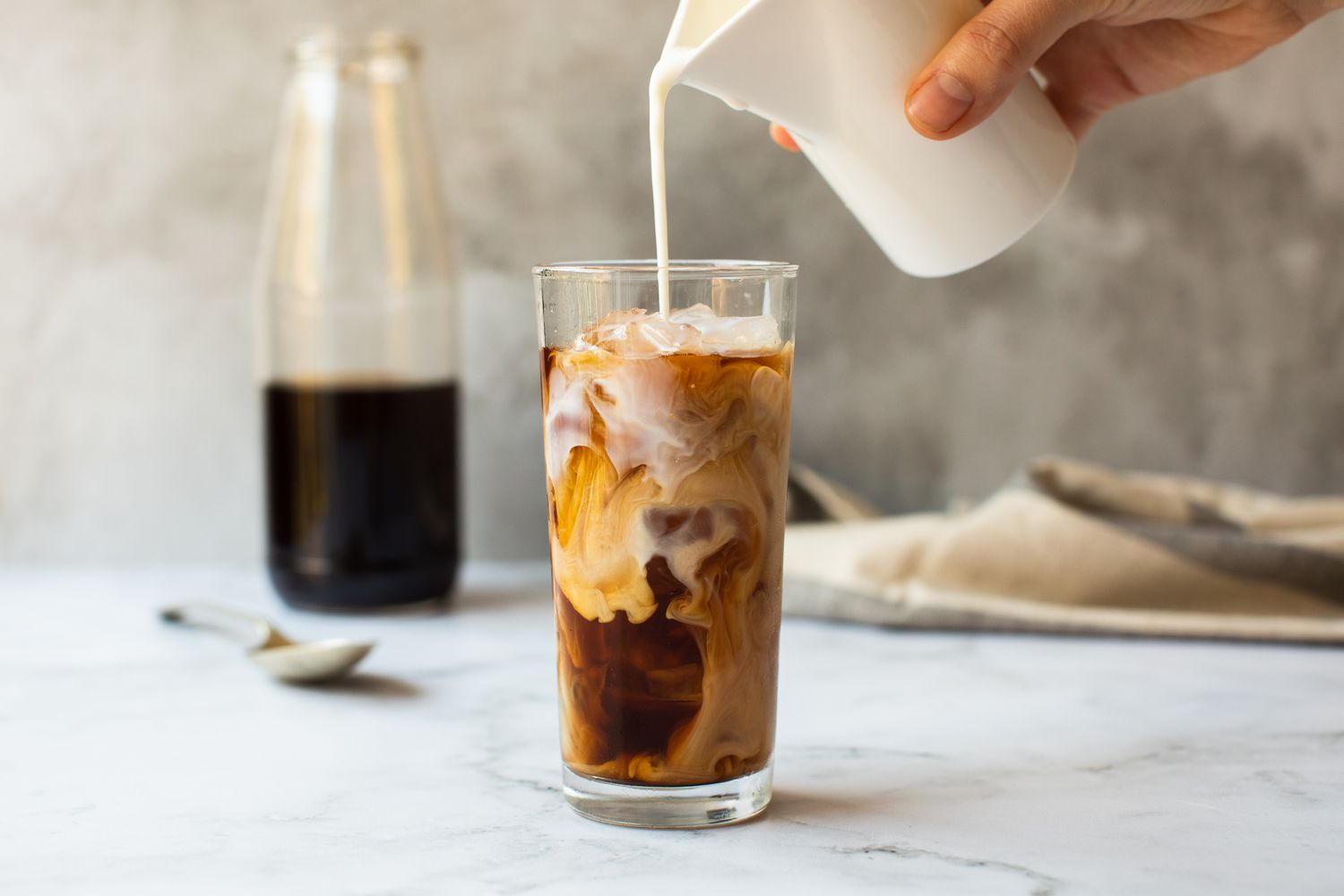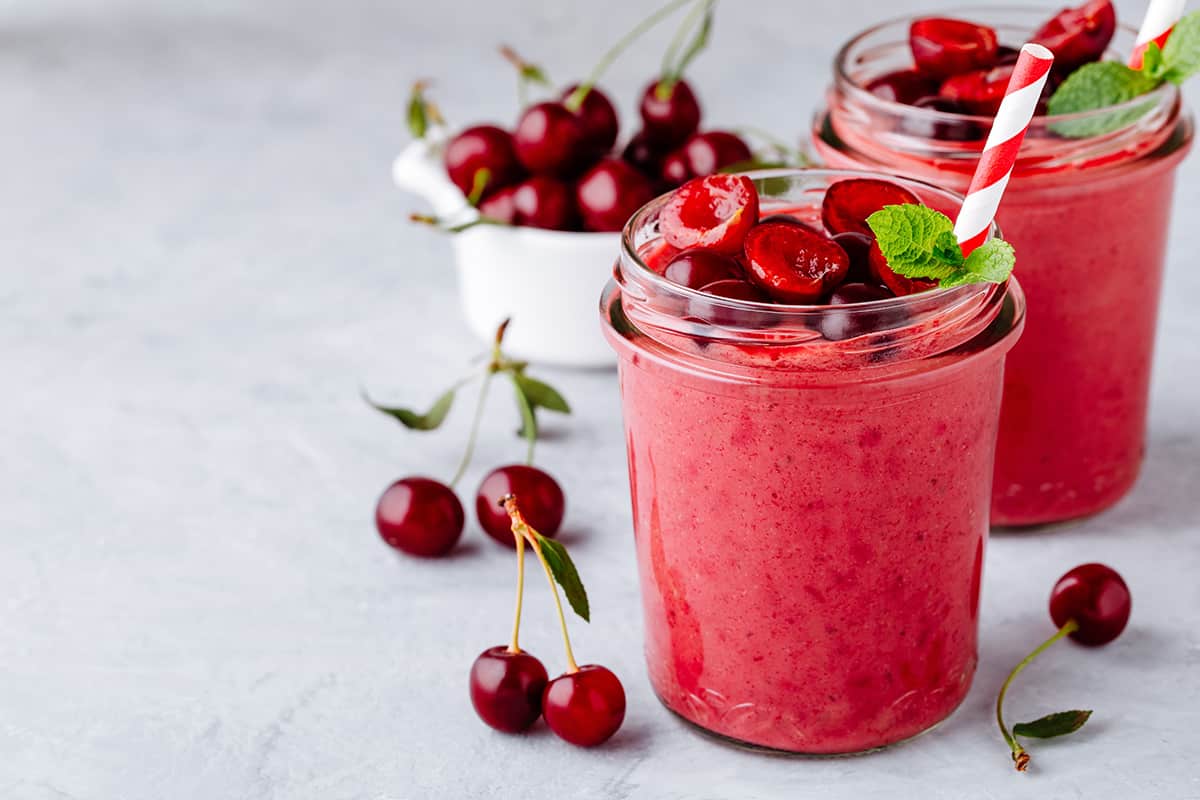Maintaining Your UV-Blocking Patio Awning: Tips for Longevity

UV-blocking patio awnings are a valuable addition to any outdoor space, providing shade, reducing heat, and protecting against harmful ultraviolet (UV) rays. These awnings, often made from durable materials like acrylic, polyester, or vinyl-coated fabrics, can enhance your patio’s comfort while safeguarding furniture and skin from UV damage. However, exposure to sun, rain, wind, and debris can lead to issues like fading, mildew, or fabric tears, shortening their lifespan. With proper maintenance, a high-quality awning can last 5–15 years or more. This article offers a step-by-step guide on cleaning, storing, and repairing UV-blocking patio awnings, along with tips to prevent common problems, ensuring longevity and sustained performance.
Why Maintain Your UV-Blocking Patio Awning?
UV-blocking awnings are designed to block up to 98% of UVA and UVB rays, reducing heat by 20°C and protecting outdoor furnishings from fading. Regular maintenance preserves these benefits, maintains aesthetic appeal, and prevents costly replacements. Neglect can lead to mildew growth, fabric degradation, or mechanical issues in retractable awnings, compromising functionality. By following a consistent care routine, you can extend your awning’s life, saving money and enhancing your outdoor experience.

Step-by-Step Guide to Awning Maintenance
1. Regular Cleaning
Cleaning your UV-blocking patio awning removes dirt, pollen, and organic debris that can degrade fabric and foster mildew. Perform a thorough cleaning every 2–3 months, or monthly in high-debris areas like those near trees.
Steps:
-
Dry Brush Debris: Use a soft-bristled brush or broom to sweep off loose dirt, leaves, or twigs from the awning’s surface. For retractable awnings, extend fully to access all areas.
-
Prepare a Cleaning Solution: Mix 1/4 cup mild dish soap (e.g., Dawn) with 1 gallon of lukewarm water. Avoid harsh detergents or bleach, which can strip UV coatings. For mildew-prone areas, add 1/2 cup white vinegar to the solution.
-
Scrub Gently: Dip a soft brush into the solution and scrub the awning in small sections, focusing on stains or discoloration. Work from the bottom up to prevent streaking.
-
Rinse Thoroughly: Use a garden hose with a low-pressure nozzle to rinse off soap residue. High-pressure washers can damage fabric or coatings, so avoid them.
-
Air Dry: Allow the awning to dry completely before retracting or covering. Trapped moisture can lead to mildew, especially in humid climates.
Tip: For stubborn stains, like bird droppings, apply a paste of baking soda and water, let it sit for 10 minutes, then scrub and rinse. Always check the manufacturer’s care instructions, as some fabrics (e.g., Sunbrella) require specific cleaners.
Read more: Exploring the Best Internet Providers in Swainsboro, GA: Options for Every Need
2. Preventing and Treating Mildew
Mildew, a common issue in humid or shaded areas, appears as green or black spots and can weaken fabric fibers. UV-blocking awnings with water-repellent coatings are less susceptible, but poor maintenance can still allow mildew growth.
Prevention:
-
Ensure Proper Ventilation: Keep the awning dry by retracting it after rain or morning dew. For fixed awnings, ensure adequate slope (at least 30°) for water runoff.
-
Regular Cleaning: Remove organic debris promptly, as it provides a food source for mildew.
-
Apply Protective Sprays: Use fabric protectants like 303 Fabric Guard or Star brite Waterproofing Spray every 6–12 months to enhance water and mildew resistance.
Treatment:
-
Spot Clean: For early mildew, scrub with a vinegar-soap solution (1:1 vinegar to water). Rinse thoroughly and dry in sunlight, which naturally inhibits mildew.
-
Deep Clean: For severe cases, use a commercial mildew remover like Iosso Mold & Mildew Stain Remover, following label instructions. Test on a small area first to ensure it doesn’t affect UV coatings or color.
-
Professional Help: If mildew persists, consult a professional awning cleaner to avoid fabric damage.
Real-World Example: A homeowner in Florida reported on a Houzz forum that monthly vinegar rinses prevented mildew on their UV-blocking awning, extending its life by 3 years in a humid climate.
3. Protecting Against Fading
Fading occurs when UV rays break down fabric dyes or coatings, reducing the awning’s aesthetic and UV-blocking efficacy. While UV-blocking awnings are treated with stabilizers, prolonged sun exposure can still cause color loss.
Prevention:
-
Choose Quality Fabrics: Opt for solution-dyed acrylics (e.g., Sunbrella, Outdura), which embed color during manufacturing for superior fade resistance. These fabrics resist fading for 5–10 years, compared to 2–5 years for dyed polyester.
-
Apply UV Protectants: Use products like 303 UV Protectant Spray every 3–6 months to reinforce UV resistance. These sprays form a barrier against sun damage, preserving color and fabric strength.
-
Retract When Not in Use: For retractable awnings, retract during intense midday sun or when away for extended periods to minimize exposure.
-
Install Shade Covers: For fixed awnings, consider protective covers during off-seasons to shield from UV rays and debris.
Treatment:
-
Faded awnings cannot be restored to original color, but applying UV protectants can slow further damage. If fading compromises UV protection, replace the fabric. Many manufacturers, like SunSetter, offer replacement fabrics tailored to existing frames, costing $200–$800 versus $1,500–$4,000 for a new awning.
Read more: What to Offer on a Used Car: Avoiding Overpayment Traps
4. Inspecting and Repairing Damage
Regular inspections catch minor issues like tears, loose stitching, or frame damage before they worsen. Inspect your awning every 6 months or after severe weather.
Inspection:
-
Fabric: Check for tears, fraying, or thin spots, especially along seams or edges. Look for signs of water pooling, indicating sagging or frame issues.
-
Frame: For aluminum or steel frames, inspect for rust, dents, or loose bolts. Ensure retractable mechanisms operate smoothly without grinding or sticking.
-
Hardware: Verify that mounting brackets, rollers, and motors (for motorized awnings) are secure and functional.

Repairs:
-
Small Tears: Patch tears under 6 inches with awning repair tape (e.g., Tear-Aid) or fabric patches. Clean and dry the area, apply the patch, and press firmly. For larger tears, use a sewing awl with UV-resistant thread for temporary fixes, but plan for professional repair or replacement.
-
Stitching: Reinforce loose seams with UV-resistant thread or take to an upholstery shop for restitching, costing $50–$150.
-
Frame Issues: Tighten loose bolts or lubricate retractable mechanisms with silicone spray. For rust, sand lightly and apply rust-resistant paint. Severe frame damage may require professional welding or replacement parts ($100–$500).
-
Motor Repairs: For motorized awnings, consult a technician for motor issues, which may cost $200–$600 to repair or replace.
Tip: Keep a maintenance log to track inspections and repairs, helping identify patterns (e.g., recurring tears) that may indicate fabric or frame replacement.
5. Seasonal Storage
Proper storage during off-seasons, like winter, protects awnings from snow, ice, or high winds, common in regions like the Northeast U.S.
Steps:
-
Clean Thoroughly: Before storing, clean and dry the awning to prevent mildew or stains.
-
Retract or Remove: For retractable awnings, fully retract and secure with straps or locks. For removable fixed awnings, dismantle carefully, following manufacturer instructions.
-
Use Protective Covers: Apply a breathable awning cover (e.g., Sunbrella’s storage cover) to shield from dust and UV rays. Avoid plastic tarps, which trap moisture.
-
Store Properly: Store in a dry, cool place, like a garage, away from rodents or sharp objects. For large awnings, use a storage rack to prevent creasing.
Example: A Minnesota homeowner on Reddit’s r/HomeImprovement noted their retractable awning lasted 12 years by retracting it during winter and using a UV-protectant cover, avoiding snow damage.
6. Addressing Common Issues
Beyond mildew and fading, other issues include:
-
Water Pooling: Adjust the awning’s pitch (minimum 30°) or tighten fabric to ensure runoff. For persistent pooling, consult a professional to reinforce the frame.
-
Wind Damage: Retract awnings during winds over 20 mph. Install wind sensors ($100–$300) for motorized awnings to retract automatically.
-
Frame Corrosion: Apply anti-corrosion sprays like WD-40 Specialist Corrosion Inhibitor annually to metal frames, especially in coastal areas.
Tips for Longevity
-
Invest in Quality: High-end awnings (e.g., SunSetter, Tempotest) with UV-resistant fabrics and powder-coated frames last longer than budget options.
-
Follow Manufacturer Guidelines: Adhere to care instructions for specific materials to avoid voiding warranties (typically 5–10 years).
-
Schedule Professional Maintenance: Annual professional inspections, costing $100–$200, can identify issues early, especially for motorized or large awnings.
-
Act Promptly: Address minor damage immediately to prevent escalation, saving on costly repairs.
Conclusion
Maintaining a UV-blocking patio awning ensures it remains functional, attractive, and protective for years. By following a regular cleaning routine, preventing mildew and fading, inspecting for damage, and storing properly, you can extend your awning’s lifespan to 15 years or more. Addressing common issues like water pooling or wind damage with proactive measures, such as UV protectants or wind sensors, further enhances durability. Real-world examples, like homeowners in humid or snowy climates, show that consistent care pays off, preserving both the awning’s UV-blocking capabilities and your outdoor enjoyment. With these practical steps, your patio awning will continue to provide shade, comfort, and style, making it a worthwhile investment for any home.










